
Conducting a review of data published over a 25-year period, researchers highlight the importance of this type of research they say offers insight that drives the success of SMA treatment.
Jaime is a freelance writer for The American Journal of Managed Care® (AJMC®), where she previously worked as an assistant editor.
She has a BA in print journalism from Penn State University. You can connect with Jaime on LinkedIn.

Conducting a review of data published over a 25-year period, researchers highlight the importance of this type of research they say offers insight that drives the success of SMA treatment.

A Swedish study analyzed 5 years’ worth of data from over 3000 patients, 40% of whom received a molecular diagnosis.

This case study, involving a boy aged 13 years, shows that in a little over 1 year, the treatment yielded significant clinical benefit.

The results showed that in half of patients with cancers of unknown origin, next-generation sequencing located the primary site of origin and, in those who were matched to a therapy, half achieved a clinical benefit.
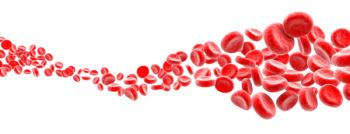
According to the researchers, few treatments have been able to reduce the thrombotic burden in patients with polycythemia vera (PV) and essential thrombocytopenia (ET), and progress on this front has been hindered by a lack of studies designed to assess a treatment’s impact on thrombotic events.

The researchers of the study say their findings may aid the hematological community in determining the value of integrating gene expression profiles in contemporary prognostic models to better identify high-risk patients with a poor prognosis.

Study findings shed a light on the role of minimal residual disease (MRD) status and type of postremission therapy in the prognosis of patients with intermediate-risk acute myeloid leukemia (AML) who do not have FLT3-ITD, NPM1, and biallelic CEBPA mutations.
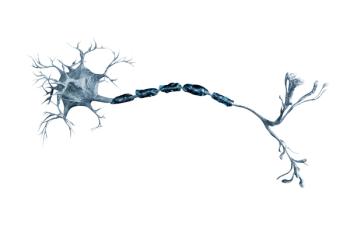
According to the researchers, the findings are paving the way toward precision medicine and may have broader use in tracking treatment response in adult-onset motor neuropathy in the future.

While the findings of the small study indicate that there was no statistically significant difference in the rate of vascular complications between White and non-White patients with disease, there were differences in survival.

Study findings detail the researchers’ ability to prevent stroke in 11 patients ranging in age from 18 months to 15 years

According to new research, 88% of trials initially matched to patients were eventually classified as false positives when manually screened by a provider.
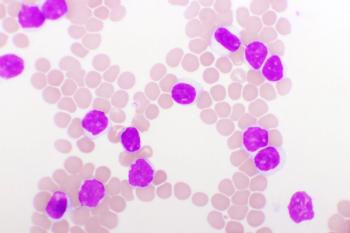
Patients with multiple myeloma (MM) often relapse over time despite initially achieving a complete response without minimal residual disease following induction treatment, leaving questions about changes in the immune system and the prognosis of the disease.

In their recently published review, the researchers offer a detailed look at the drugs and toxins associated with drug- and toxin-induced pulmonary arterial hypertension (PAH), as various associations have come to light in recent decades.

The current guidance emphasizes that the mRNA-based Pfizer/BioNTech and Moderna vaccines are safe for people with multiple sclerosis (MS) taking disease modifying therapies (DMTs).
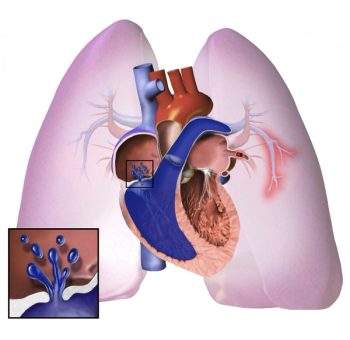
The researchers prefaced their study by highlighting that pulmonary arterial hypertension (PAH) and all forms of PH continue to be highly morbid and sometimes fatal, particularly in cases requiring hospitalization in the intensive care unit.

Based on the findings, the researchers signal that family screening following a sentinel case may reap benefits for patients with acute hepatic porphyria (AHP).
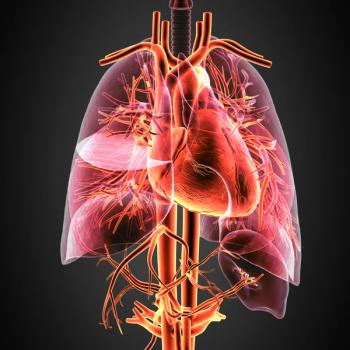
A group of researchers discuss the clinical features and diagnosis of acute hepatic porphyrias (AHP) as well as their take on the approval of the first small interfering RNA (siRNA)-based therapy for the treatment of these patients.

The study, presented at the 2020 San Antonio Breast Cancer Symposium, also found that time to first treatment dropped during this period of the coronavirus disease 2019 (COVID-19) pandemic.

Abatacept was shown to have a 9% increase in likelihood of achieving remission compared with conventional therapy for rheumatoid arthritis (RA), which the researchers contribute to the treatment’s lower discontinuation rates.
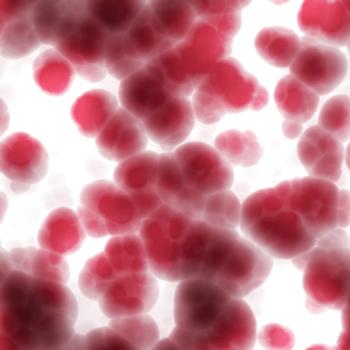
Noting each of their benefits, the researchers also caution that to better characterize their safety and efficacy, there’s a need for further investigation among larger patient pools.

The approach, the researchers say, allows for rapid and accurate diagnosis of pulmonary arterial hypertension (PAH) by analyzing cardiac magnetic resonance (CMR) images without manual image segmentation.
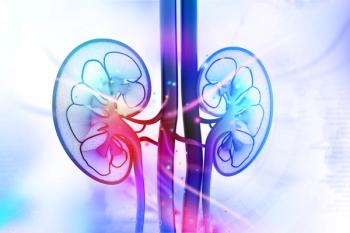
Data from nearly 3000 patients across multiple countries with the disease showed that undertreatment was most notable among patient with hemoglobin (Hb) <10 g/dL.

As up to 1 in 3 patients with pulmonary arterial hypertension have unknown explanations for their disease and its pathobiology, a team of researchers is exploring the genetic architecture of pulmonary arterial hypertension (PAH).

A 4-biomarker panel can help ensure rheumatoid arthritis (RA) is accurately diagnosed, according to study results published in Arthritis Research & Therapy.

While these therapies continue to revolutionize the treatment landscape of SMA, treatments are not without shortcomings or challenges.

Documented issues include lipid metabolic abnormalities, glucose metabolic abnormalities, and altered vitamin levels.
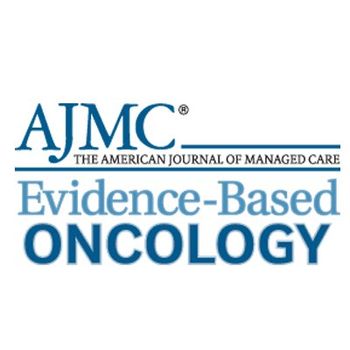
Biomarkers and genetic testing were topics of interest in precision medicine at the virtual 2020 San Antonio Breast Cancer Symposium.
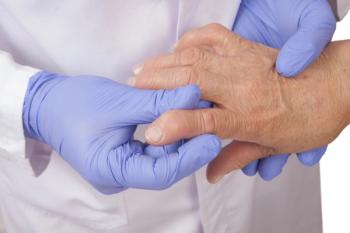
The researchers say their new results can ease the concerns physicians or patients have when weighing the decision to switch route of administration for rheumatoid arthritis treatment.

Among the viewpoints offered by the authors to overcome barriers in solving unmet needs in pulmonary arterial hypertension (PAH) are preclinical pipelines for drug repurposing, working around challenges in early-stage trial design, and refining target selection and demonstration of engagement.

Study findings show that antiretroviral therapy (ART) improved overall quality of life for these individuals, as well as their physical, psychological, environment, and spiritual well-being and level of independence.

259 Prospect Plains Rd, Bldg H
Cranbury, NJ 08512
© 2025 MJH Life Sciences®
All rights reserved.
